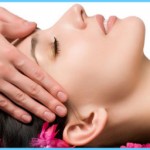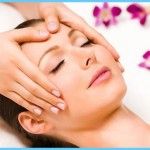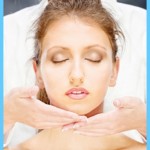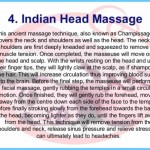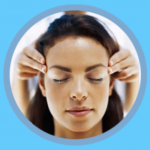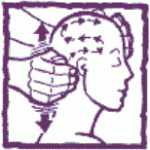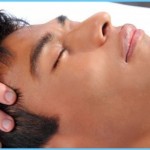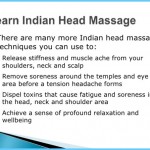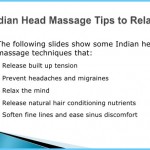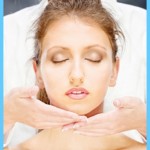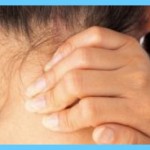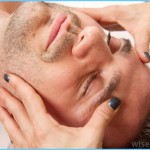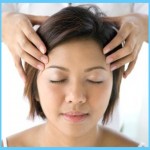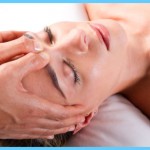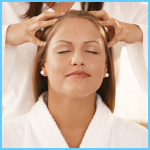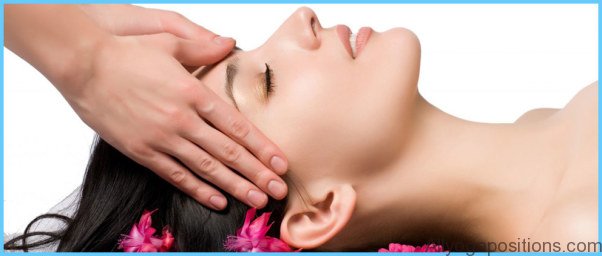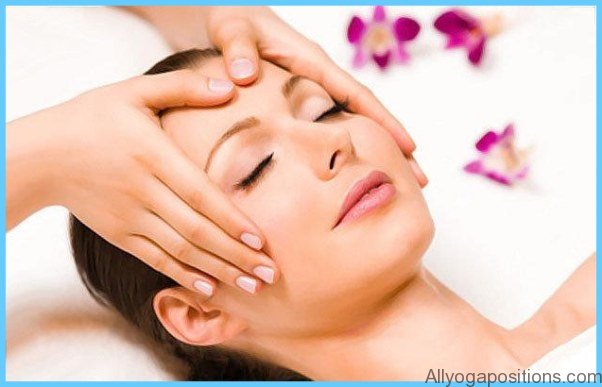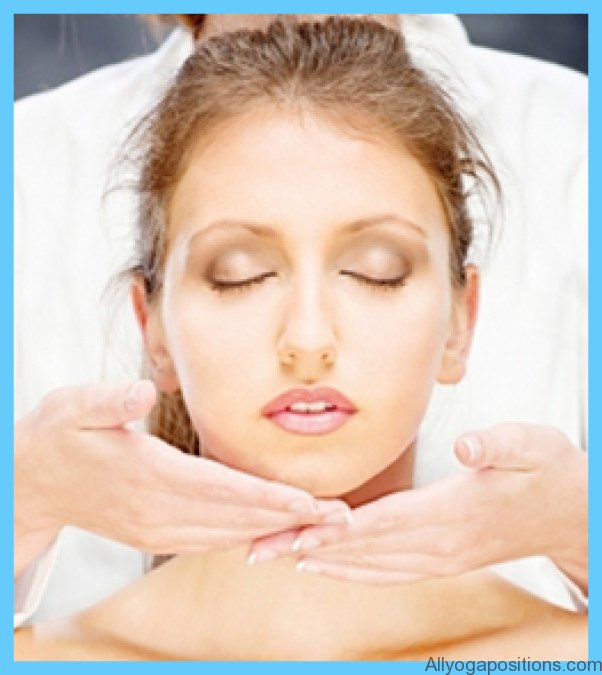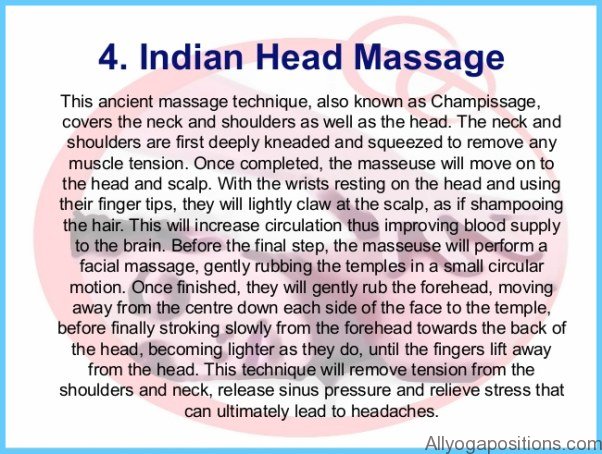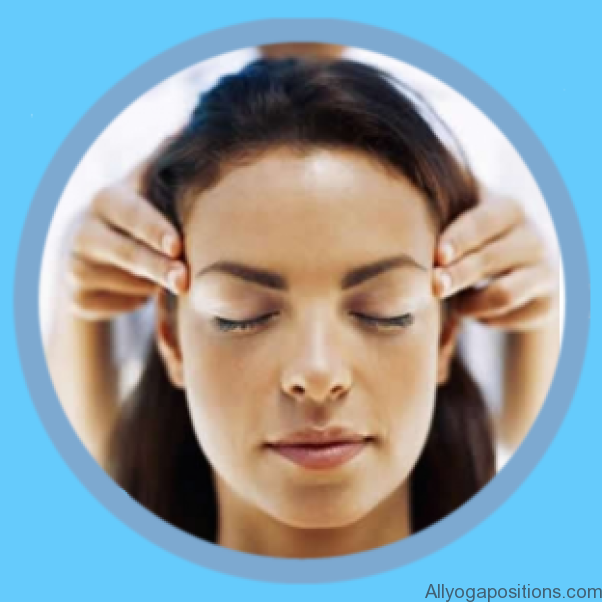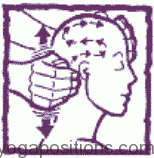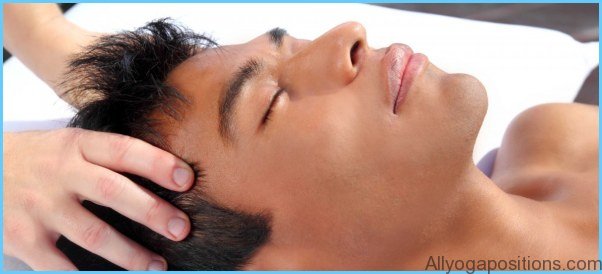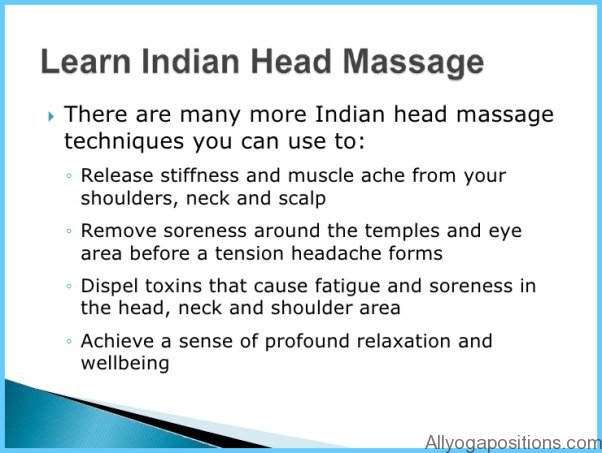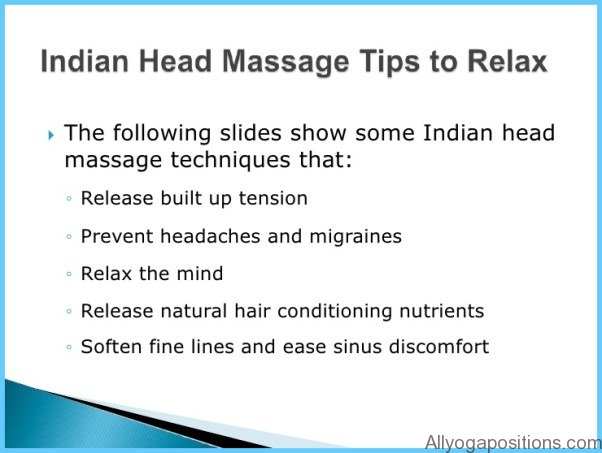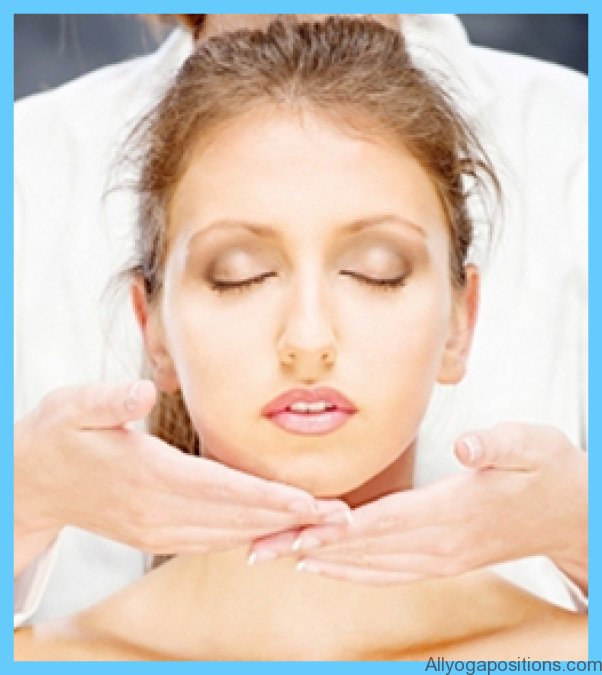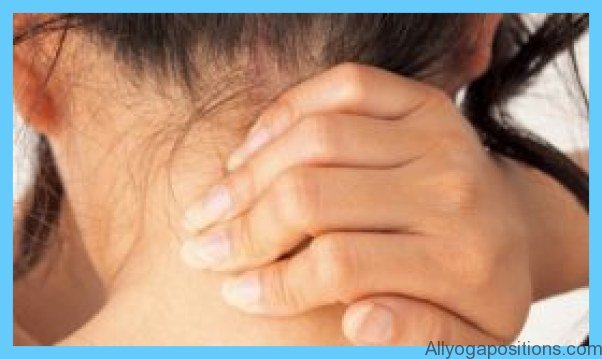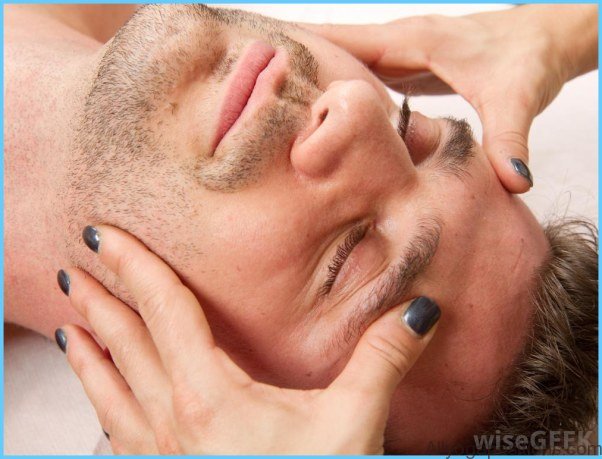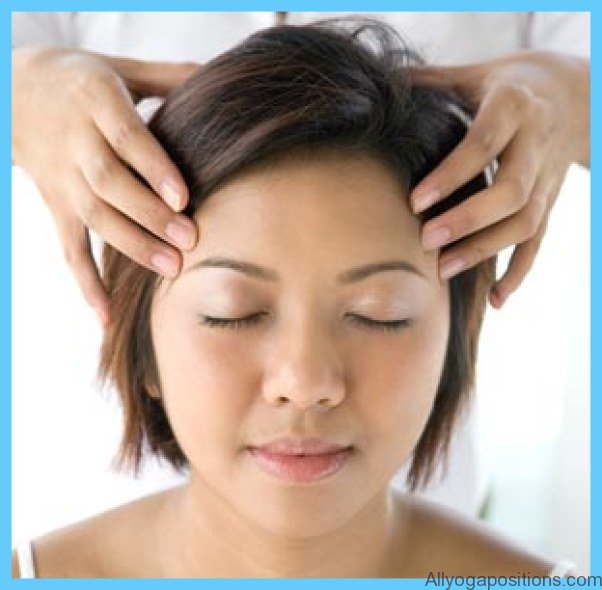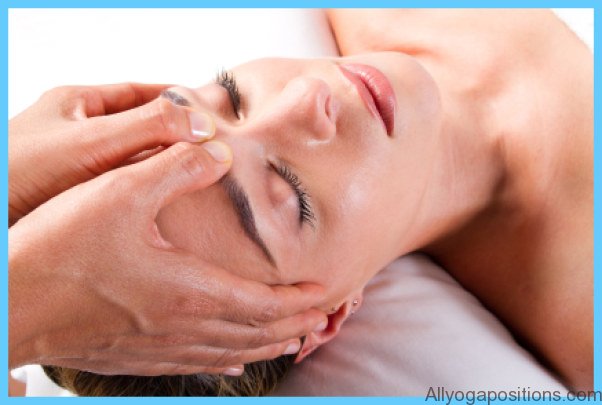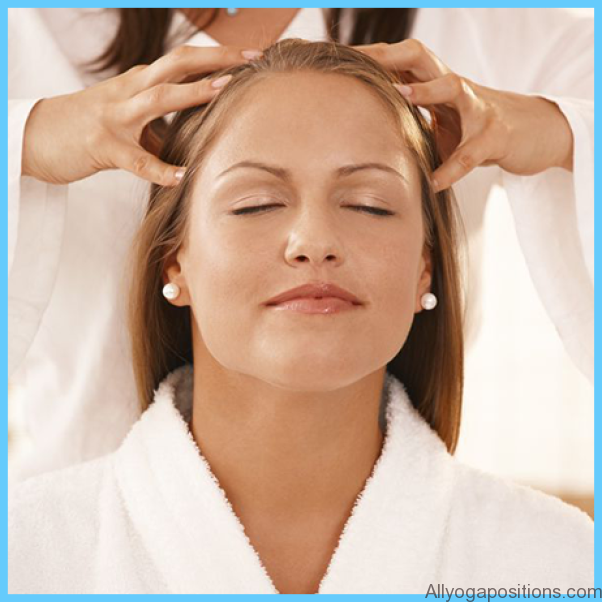Indian Head Massage is one of the most popular complementary therapies available today. Like many complementary therapies, it focuses on holistic care, concentrating on maintaining and improving health rather than just treating pain and disease. The term ‘holistic’ comes from the Greek word ‘holos’ meaning whole or complete. The holistic approach takes into account the physical, mental, emotional and social factors in a person’s life rather than just a diagnosed disease or condition. Holistic practitioners consider the effects of integral biology when consulting with a client before treatment. Integral biology is the study of our environment’s effects on our physical and mental health, because everything we do in our daily lives can have a positive or negative effect upon our bodies. For example, a cramped living environment can cause stress and related conditions such as anxiety and depression. Lack of exercise and a poor diet may cause similar problems, while a balanced diet and regular exercise can promote positive energy, vitality and mood. Many of the advancements of our modern world, such as computers, mobile phones, processed food, chemicals and pollution, can have damaging effects on our minds and bodies. Holistic care aims to create balance and harmony in the body, a state known as ‘homeostasis’.
Indian Head Massage is probably the most accessible holistic treatment available as it requires no undressing or use of specialist equipment and can be done almost anywhere. It can benefit all age groups, from calming down over-excited children and anxious teenagers to providing nurturing touch for the elderly. It is particularly suited to the busy office environment as it quickly relieves stress and can even be done in the office chair!
The techniques are easy to learn and target areas of the body most vulnerable to the effects of stress and tension. Whether you are new to massage or an experienced therapist wishing to add this wonderful skill to your repertoire, as you learn the techniques of Indian Head Massage, you will find yourself much in demand among your friends, families and clients. You will also learn some self-help techniques to enable you to deal with your own everyday stresses and strains.
Indian Head Massage Techniques Photo Gallery
Although the name may suggest that it only works on the head, the treatment also works on the shoulders, arms, neck and face, releasing the tension that builds up in these areas due to poor posture as well as emotional and physical stress. It stimulates the circulation of blood and lymph, encouraging efficient delivery of oxygen and nutrients to the hair and scalp, and aids the elimination of waste products. Following a treatment, clients often report feeling deeply relaxed or newly invigorated. The many other benefits of Indian Head Massage are described in this blog and you will learn how techniques can be adapted to suit the situation or the individual client. We hope that you will enjoy learning this fascinating new skill and that it will enhance your life (and your practice if you are a therapist) as much as it has done for us.
About India
Mark Twain, the American writer and traveller, went to India in 1896 and wrote:
‘Nothing has been left undone either by man or nature to make India the most extraordinary country that the sun visits on its rounds.’
India is a unique country; many see it as mysterious while to some it is the most magical land on earth. It is a land of contrasts with its bustling cities, dusty plains, lush forests, dramatic mountains, meandering rivers and vast coastline. It is scattered with sacred sites marking its rich history, and its landscape, sounds, aromas and people have inspired many epic stories and films. India has endured hundreds of years of foreign invasion and influence, yet its unique character remains untouched.
For centuries, India’s spiritual and healing traditions have inspired and influenced people across the globe. Famous for its rich religious
Mother Teresa traditions, four of the major world religions (Hinduism, Buddhism, Jainism and Sikhism) all have their origins in India. Travellers with a quest for adventure and self-discovery are drawn to its saints and sages, its yogis and gurus (‘gu’ means darkness, ‘ru’ means light). Local people and travellers contemplate life together in its ashrams (retreats). India has the power to touch the heart and soul like no other country. It was the adopted homeland of Mother Teresa (1910-1997), Nobel Peace Prize winner, world famous for her compassion and work with the poor; and the birthplace of many current day spiritual aspirants.
Today, many countries across the globe embrace India’s influence – its religious traditions, yoga, cuisine, and system of Ayurvedic healthcare. In recent years Indian Head Massage has also become hugely popular and benefited many.
The Vedas
To trace the history of Indian Head Massage, we first look to the ancient Indian texts. The Vedas, the oldest scriptures of Hinduism, were composed between 1500 and 1200 BC. ‘Veda’ (meaning ‘knowledge’) is from the ancient Sanskrit language, a classical language reserved for religious and scholarly use. These scriptures were originally formed of four main blogs, which included topics such as health, astrology, poetry and ethical living. Legend says they were composed from direct communication with the Divine received during meditation. These sacred texts form the basis of Ayurveda from which Indian Head Massage evolved.

